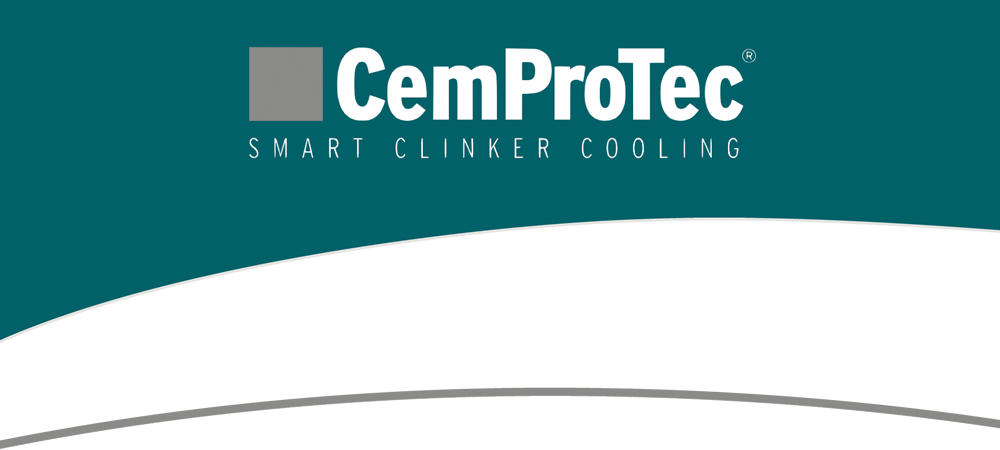
Innovative clinker cooler technology for cement plants
CemProTec GmbH, based in Isernhagen near Hanover, offers the latest clinker coolers and clinker cooler optimization for cement plants. One clinker cooler type is perfectly suitable for Oxyfuel.
CemProTec GmbH, based in Isernhagen near Hanover, offers the latest clinker coolers and clinker cooler optimization for cement plants. One clinker cooler type is perfectly suitable for Oxyfuel.
Advantages of our clinker coolers

Fuel savings and emission reduction through the highest possible heat recovery and stabilization of the kiln system |

Low energy consumption |

Long service life and low maintenance requirements thanks to practical design solutions and the use of high-quality materials |
Our experienced, expert employees design and build exactly the cooling system you need.
The entire clinker cooler does not always have to be replaced. A few optimizations are often enough to solve problems in the production process and to achieve high effectiveness at low costs.
We are there for you worldwide through our partner companies and country representatives.
Do not hesitate to call us! We are happy to help.
The rotary kiln of a cement plant charged with raw meal.The so-called cement clinker leaves the rotary kiln at a temperature of around 1450°C and falls into the clinker cooler. This cools the clinker with air to usually 100°C.
About half of the air is fed to the kiln system to supply oxygenas hot combustion air. This returned energy is called recuperation and the percentage represents the cooler efficiency.
In addition to heat recovery, the cooler efficiency also includes power consumption, maintenance costs, low dust emission and, not to be neglected, an important contribution to kiln system stability.
The clinker cooler is a heat exchanger. A distinction is made between counterflow heat exchangers such as satellite and rotary coolers and crossflow heat exchangers such as grate coolers and the Revolving Disc Cooler.
A modern grate cooler is characterized by the fact that the grate surface has no spillage while at the same time having the highest transport efficiency and a low pressure drop when penetrating the clinker bed.
The entire clinker cooler does not always have to be replaced. A few optimizations are often enough to solve problems in the production process and to achieve high effectiveness at low costs.
We are there for you worldwide through our partner companies and country representatives.
Do not hesitate to call us! We are happy to help.
What is a clinker cooler?
The rotary kiln of a cement plant charged with raw meal.The so-called cement clinker leaves the rotary kiln at a temperature of around 1450°C and falls into the clinker cooler. This cools the clinker with air to usually 100°C.
About half of the air is fed to the kiln system to supply oxygenas hot combustion air. This returned energy is called recuperation and the percentage represents the cooler efficiency.
In addition to heat recovery, the cooler efficiency also includes power consumption, maintenance costs, low dust emission and, not to be neglected, an important contribution to kiln system stability.
The clinker cooler is a heat exchanger. A distinction is made between counterflow heat exchangers such as satellite and rotary coolers and crossflow heat exchangers such as grate coolers and the Revolving Disc Cooler.
A modern grate cooler is characterized by the fact that the grate surface has no spillage while at the same time having the highest transport efficiency and a low pressure drop when penetrating the clinker bed.







